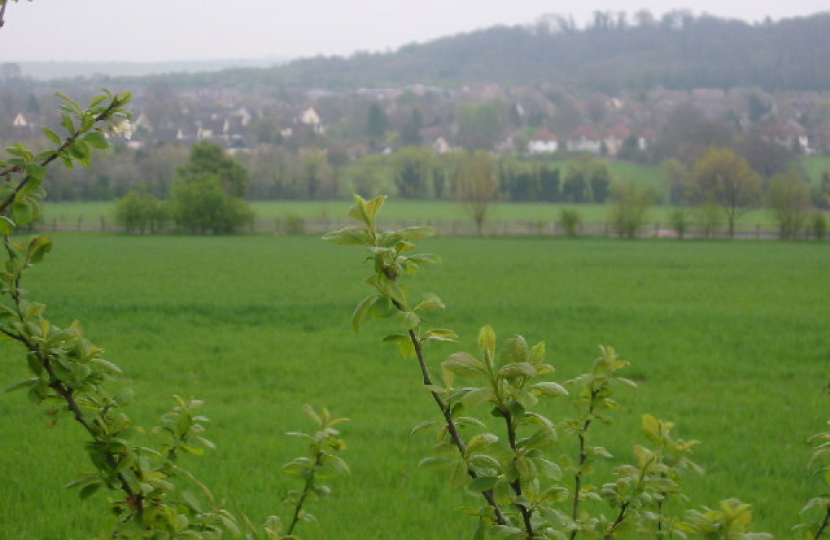
Photo Credit: Paul Dixon (cc-by-sa/2.0)
As a passionate advocate for both the preservation of our greenbelt lands and the thoughtful development of North East Hertfordshire, I find myself deeply engaged in the dialogue surrounding greenbelt, brownfield sites, housing targets, and infrastructure provision. The balance between these elements is not just a policy challenge; it's a commitment to our community's future.
Greenbelt vs. Brownfield
In my discussions with the community, we often talk about the critical difference between greenbelt and brownfield lands. Greenbelt areas are those precious swathes of open land surrounding our urban areas, acting as a natural buffer to prevent urban sprawl, preserve the beauty of our countryside, and ensure that urban residents have access to nature. In contrast, brownfield sites are previously developed lands that, with innovative planning and design, present a significant opportunity for redevelopment. They are often ideal locations for new housing projects because their use minimises the impact on our cherished green spaces.
Navigating Top-Down Targets
The central government's ambitious housing targets are a reality we cannot ignore. These top-down mandates aim to address the national housing shortage but often fail to consider the unique characteristics and needs of local communities like ours. While I recognise the necessity of creating more homes, I strongly advocate for local decision-making in the planning process. It allows us to tailor development to our community's needs and capacities, ensuring that growth is both sustainable and in harmony with our local environment.
Ensuring Correct Infrastructure Provisions
One of my key priorities is to ensure that any new development, whether on brownfield sites or in designated new areas, comes with the correct infrastructure provisions. This means not just roads and utilities but also schools, healthcare facilities, green spaces, and community centres. Development should enhance our community's quality of life, not strain it. Therefore, infrastructure development must be integral to any housing project from the outset, ensuring our community's growth is both balanced and beneficial.
Big Thinking over Piecemeal Development
The need for a new town, within a neighbouring constituency, is a topic of considerable discussion and debate. I understand the potential benefits such a development could bring, including new housing, employment opportunities, and economic growth. However, I also recognise the significant concerns about its impact on the local environment, infrastructure, and the character of our surrounding communities.
As our villages, towns, and cities expand, the adoption of comprehensive, large-scale planning becomes ever more critical, marking a stark departure from the current piecemeal approach that dots our landscape with developments of 100 homes here and 2,000 homes there, often devoid of any regard for their broader implications. It's imperative that we adopt a holistic perspective, considering the collective impact of these developments over an extended period, rather than assessing each project in isolation. This method ensures a thoughtful integration of new housing into our community fabric, safeguarding the environment, community well-being, and local infrastructure for the long term.
In addressing this issue, I am committed to a transparent, inclusive, and comprehensive consultation process, ensuring that all voices are heard and considered. My approach is to weigh the benefits of such a development against the potential costs carefully, always with an eye towards sustainability, community benefit, and environmental stewardship.
Conclusion
In conclusion, my stance on development in North East Hertfordshire is clear: we must balance our growth needs with the imperative to preserve our green spaces and ensure that any development is sustainable, well-planned, and beneficial to our community as a whole. This balanced approach is not just about meeting today's needs but about ensuring a vibrant, green, and prosperous future for generations to come.
